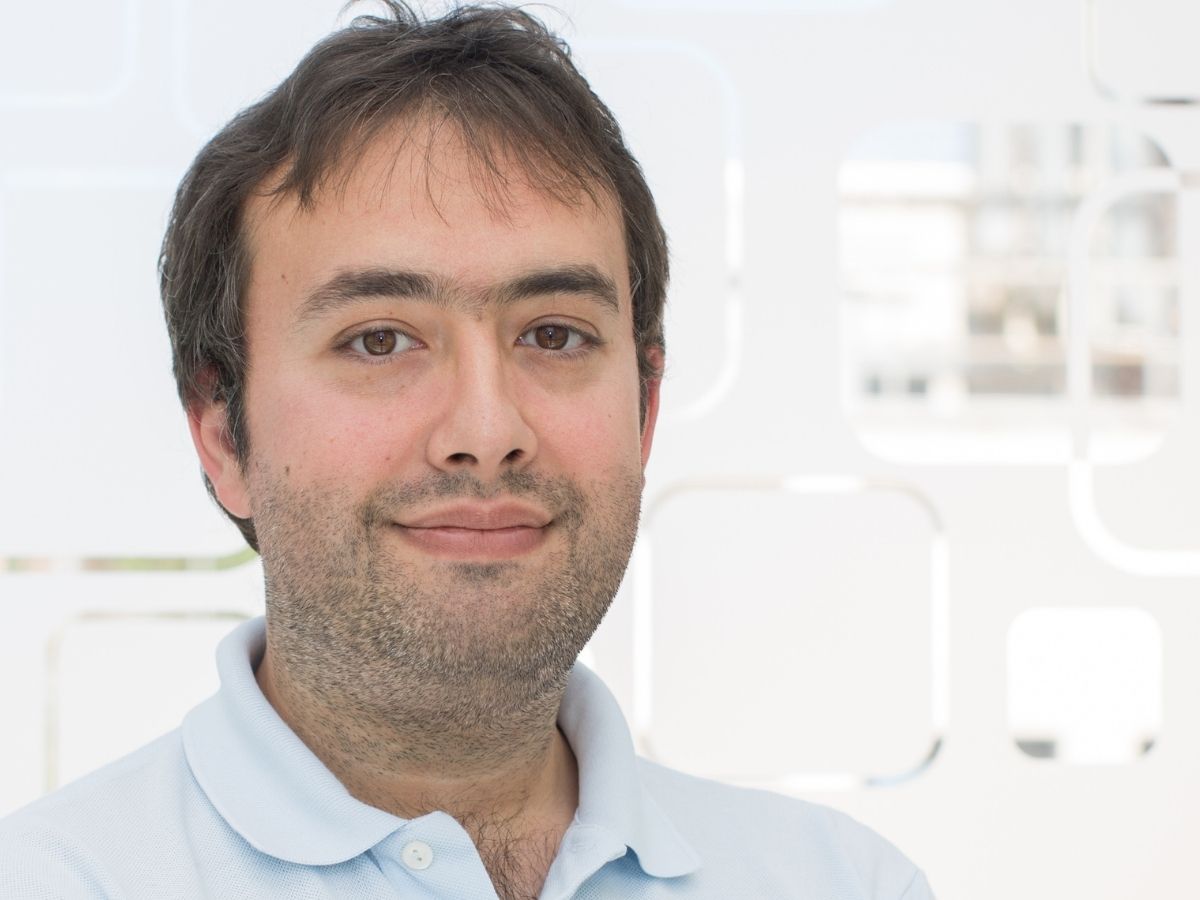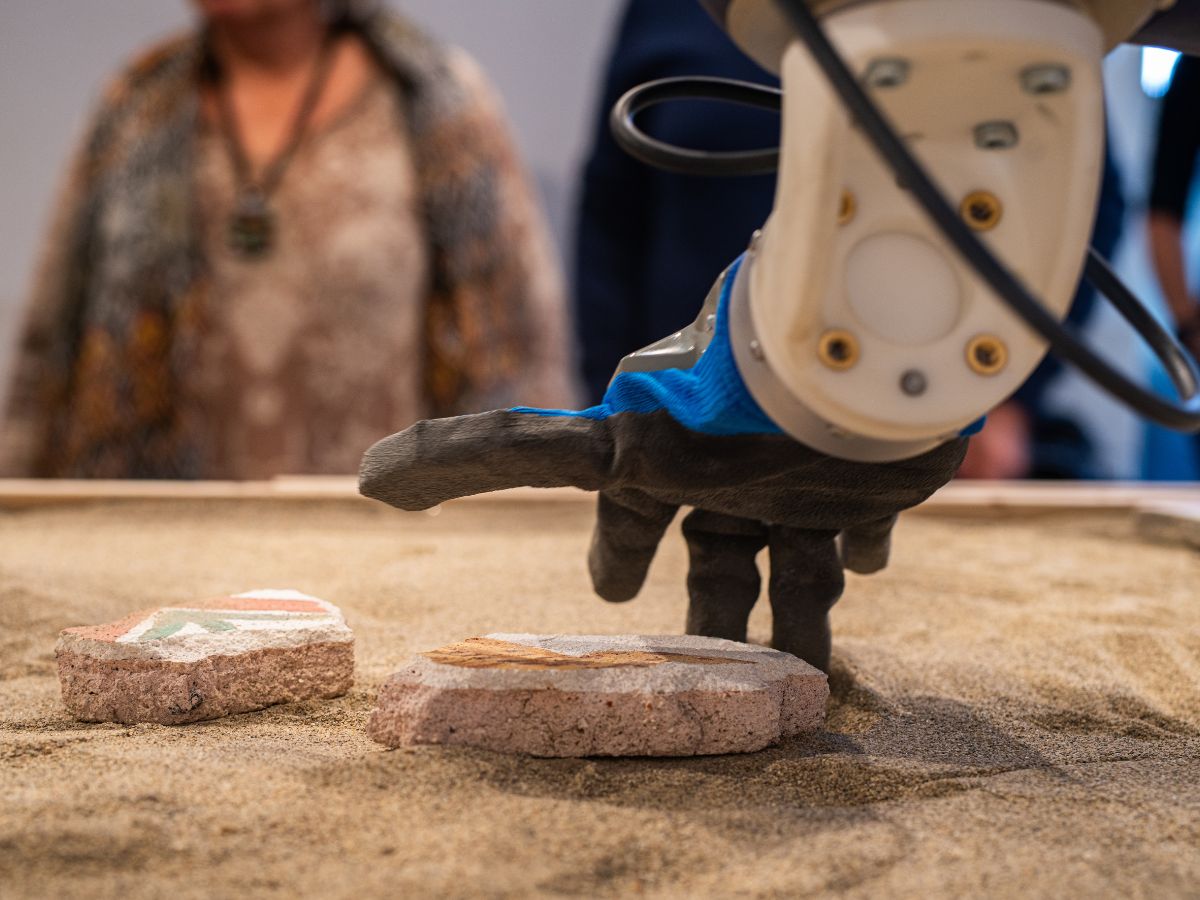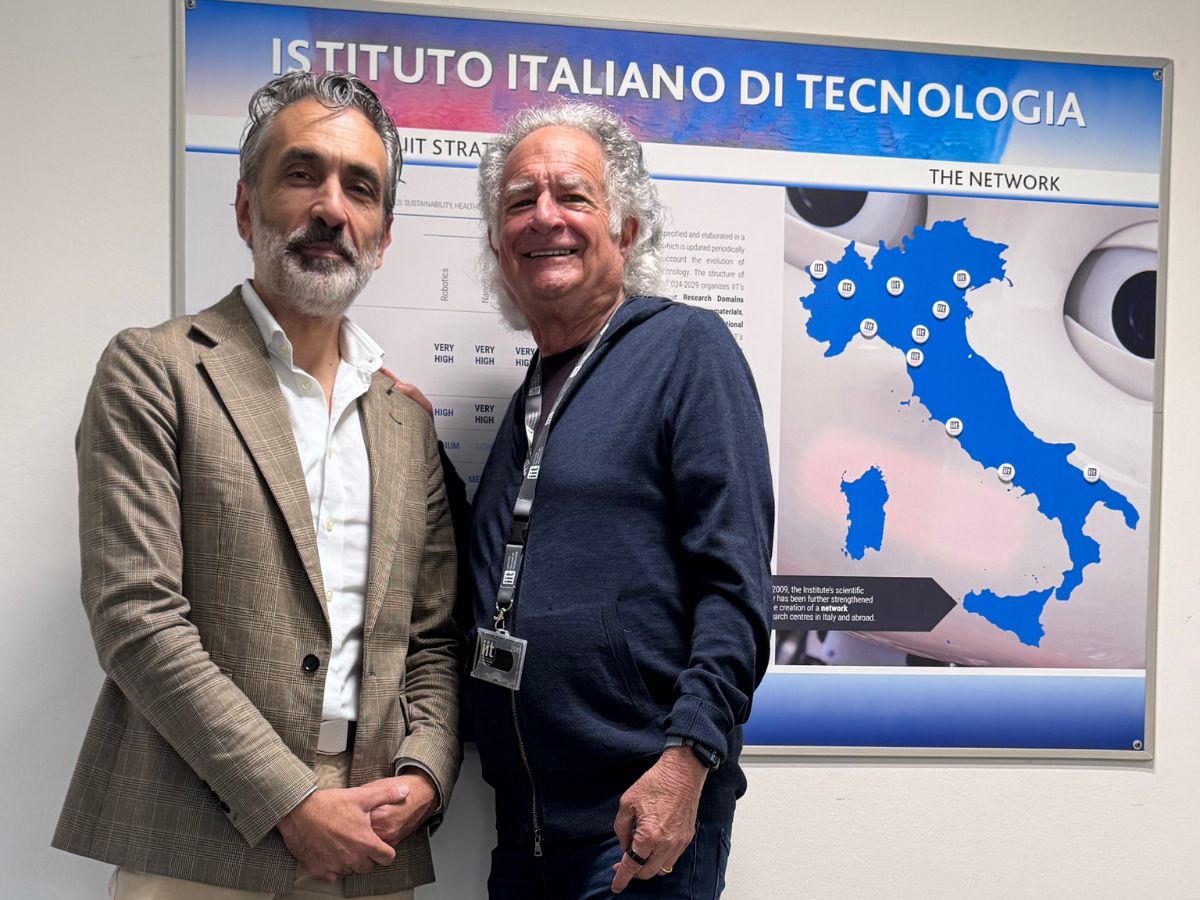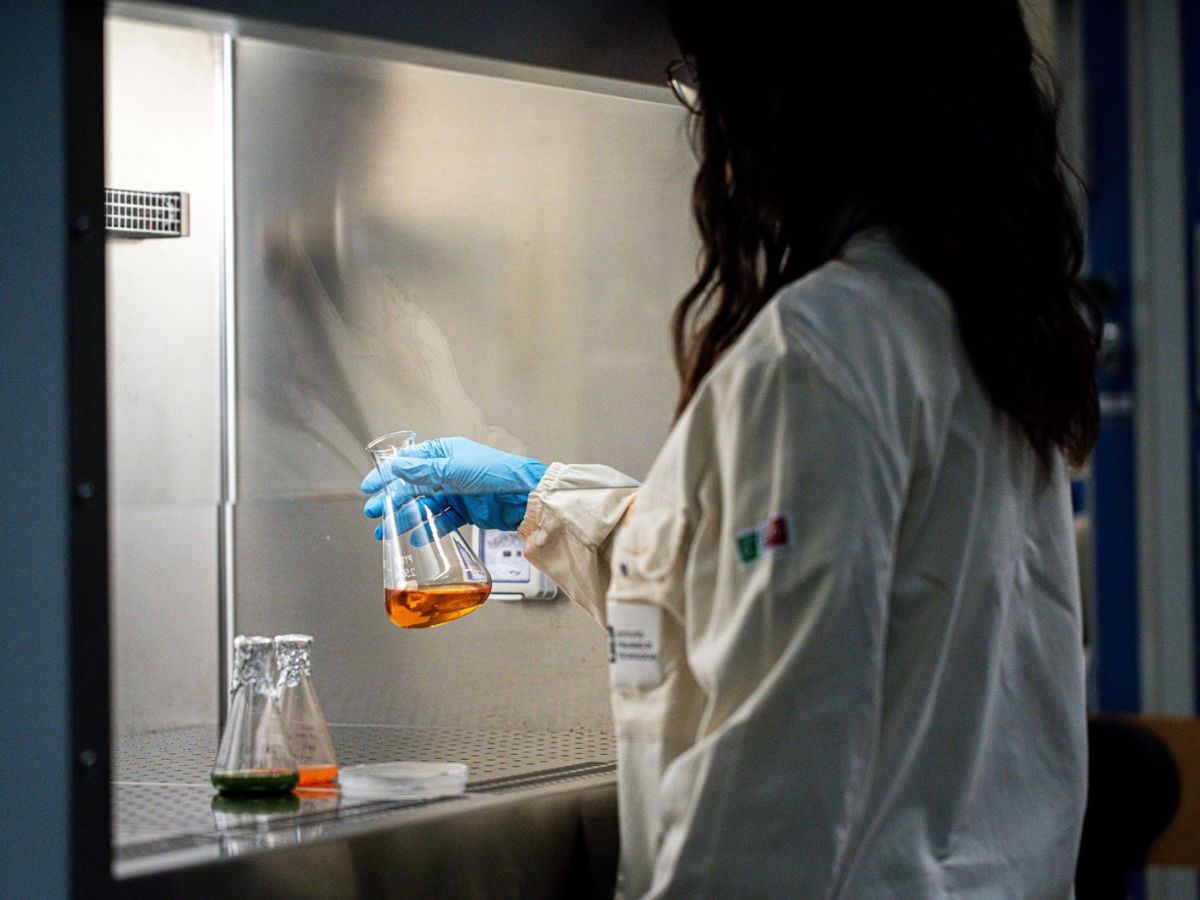An interview with Gianni Ciofani, the Coordinator of the IIT Center for Materials Interfaces (CMI@SSSA)
Pontedera is a city that evokes strong feelings, as it played a significant role in industrial development in post-war Italy. The Vespa and Piaggio are two symbols from a period that saw the curvy Tuscan scooter and the more angular Lombardy-born Lambretta fighting for domination. Piaggio is still running its production plant in Pontedera, just a short distance from the Italian Institute of Technology centre. The traditional symbol of the engineering industry is neighbour to a futuristic and innovative research centre. Evolutions in research and in manufacturing processes may one day lead to a form of collaboration.
The IIT centre in Pontedera was a pet project of the Professor Paolo Dario, now Professor Emeritus of Biomedical Robotics at the Scuola Superiore Sant’Anna research university in Pisa. Professor Dario is one of the leading experts in biorobotics, and in 1989, together with Giulio Sandini from IIT and Patrick Aebischer from the Polytechnic of Lausanne, he organised one of the first conventions dedicated to the field. Professor Dario, who still maintains excellent relations with IIT, was succeeded by Barbara Mazzolai and her bio-inspired robotics. The centre is currently directed by Gianni Ciofani.
Gianni, how is the centre currently organised?
The Center for Materials Interfaces, which was set up in the wake of the Center for Micro-BioRobotics, began its scientific activities last year, with the renewal of the agreement with the S. Anna research university. I assumed the role of Coordinator for the centre in March 2021. We have two research lines managed by P.I. and a third group led by a technologist. Then there is the line directed by Mauro Gemmi, which studies crystallography on a nano scale. The laboratory is equipped with instruments that allow for electron transmission microscope imaging and diffractometric studies of materials on a nano scale. We also have the group led by Virgilio Mattoli, which in scientific terms is independent but that does not constitute a separate research line. These researchers study wearable electronic devices, also in collaboration with the group led by Mario Caironi at IIT Milan. Both Gemmi’s line and Mattoli’s group also develop applications for the biomedical field, thus integrating with the activities from my line, Smart Bio-Interfaces, which studies interactions between biomaterials and biological entities on a nano scale, with a particular focus on the physical properties of nanomaterials and their influence on cellular behaviour. These studies have a number of applications. In general terms, we deal with nanomedicine, but we study nanoparticles not as mere vehicles for active molecules, but rather as nanotransducers, veritable “nanorobots”. Our aim is to stimulate these robots, inducing them to change on a nanoscopic level and thus activate the cells with which they are in contact. For example, we are studying lipidic particles with a magnetic component. We are able to use external magnetic fields to guide the lipidic nanoparticles into a desired position, we can induce hyperthermia, inducing an increase in temperature via alternating electromagnetic fields, and lastly we can view them via magnetic resonance imaging thanks to their excellent properties as contrast agents. For this study into magnetic lipidic hybrid particles, I obtained the ERC Starting Grant, which will finish in August and for which we are currently carrying out conclusive live trials. Last year I also received funding via a five-year individual AIRC grant conducted in collaboration with the San Martino Hospital in Genoa, where Dr. Pietro Fiaschi provides us with specimens from the operating theatre, in particular fragments of brain tumour from which we can isolate cells and carry out tests with the aim of creating personalised forms of therapy. In fact, we have developed personalised magnetic lipidic nanocarriers, covered with membrane that we extract from the cells of the patient, that we can test on cells from the same subject.
We are also studying piezoelectric particles. These produce electrical impulses when subjected to mechanical stimulation. This phenomenon plays a significant role in the activation of all those forms of cell that are sensitive to electric fields, such as nerve cells, muscle cells and bone cells. We recently applied this technology to the stimulation of cancer cells, once again focusing on glioblastoma multiforme; as is known, electrical stimulation can reduce the spread of tumour cells, and this has led to the idea of using piezoelectric stimulation. Our work has shown that this form of stimulation has slowed the proliferation of the cells, their migration and their invasive nature, and we should therefore be able to slow metastasising.
What form of therapy is used to administer this stimulation?
It is administered in combination with chemotherapy, as we use the particles not only as transducers but also to transport pharmaceuticals. This means that we are also able to load the pharmaceutics for the chemotherapy onto these particles composed of piezoelectric polymers.
Are you studying other classes of nanoparticle?
Yes, for example antioxidant nanoparticles, which are successful in eliminating free radicals. These particles can serve as artificial antioxidant agents, and are able to reduce the production of free radicals in cells. Unlike natural antioxidants, these offer the advantage of having a much longer biological half-life and of behaving like true enzymes, thus continuing their action of breaking down free radicals, unlike – for example – vitamins C and E, which last for a limited period of time. We have obtained funding for these particles from both the Italian and the European Space Agency. This has allowed us to be on board the international space station twice, in 2017 and in 2019, when we tested cerium oxide particles in microgravity on muscle cells, seeking, through transcriptomics, to identify which genes are modulated after spending time in space and having the nanoparticles administered. Despite their great potential, these particles are inorganic and therefore, also in this case, we have worked to identify a polymeric and organic counterpart. We recently started to study polydopamine particles, which have excellent biocompatibility, as they are composed of a polymer that is derived from dopamine and are extremely easy to synthesise. Studies into these nanoparticles are now focused on models of mitochondrial illnesses in collaboration with the Stella Maris hospital in Calambrone, Tuscany, and the San Raffaele hospital in Milan.
During studies into antioxidants, the wine of the Cinque Terre emerged. What is the connection?
I am originally from Monterosso, and I can directly vouch for the quality of the wine from this area. As is known, at the end of the grape harvest, residue from pressing is obtained. We began research into understanding what these residues contain, and whether we can also use these substances in the biomedical field. We consequently created a patented technique to extract antioxidant compounds, and in collaboration with Dr. Andrea Petretto from the Gaslini hospital, we analysed the small molecules that reside in this residue. We carried out a comparative study of both red and white grapes and, contrary to expectations, the latter proved to be a richer source of antioxidants. At this point we verified the antioxidant power through a simple in-vitro model of Parkinson’s disease. We were thus able to see how these extracts are partially capable of returning cells to a physiological condition, thus countering the harmful effects of the chemical substance used to induce Parkinson- related phenotype.
Has this study opened new commercial opportunities?
Yes. Through a start-up that is due to take off, we are working on marketing a line of cosmetics (a project that is therefore unrelated to biomedics), which are based on extracts of white grape from the Cinque Terre area. We have already completed successful testing on a facial anti-aging cream. I would, however, also like to focus on nutraceuticals, which could allow the future company to develop towards biomedically related areas.
What are the upcoming goals for your work?
I would like to get the research that we are carrying out as close as possible to a pre-clinical phase. In order to achieve this goal, we need to form collaborations with groups that can quickly carry out in vivo trials and lead our devices towards clinical practice. Another important goal is the development of new start-ups other than that mentioned previously. The first of these is focused on the development of complex systems for in-vitro testing. In this case, the aim is to move beyond traditional cell cultures and try to create bioreactors, dynamic systems and fluid systems that are capable of mimicking real situations in vivo, thus creating small margins of error. This activity is an important option for our future studies, because it allows us to limit animal testing and have more predictive results. Our idea is, in fact, to combine these complex platforms with patients’ cells, as a result derived from cells from the patient is much more predictive that those derived from the observation of animal models. One example that is moving in this direction is the first example presented in literature of the 1:1 scale device representing the blood-brain barrier, a functional-anatomical structure that protects the central nervous system. We are also working on technology transfer for this project.
In short, these are the lines along which we are building our future work; some will produce results in the short-term, and others in the medium-long term, but they will all have a significant impact in the field of Smart Bio-Interfaces.





